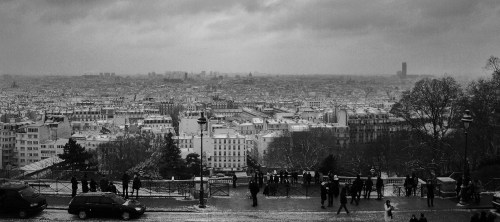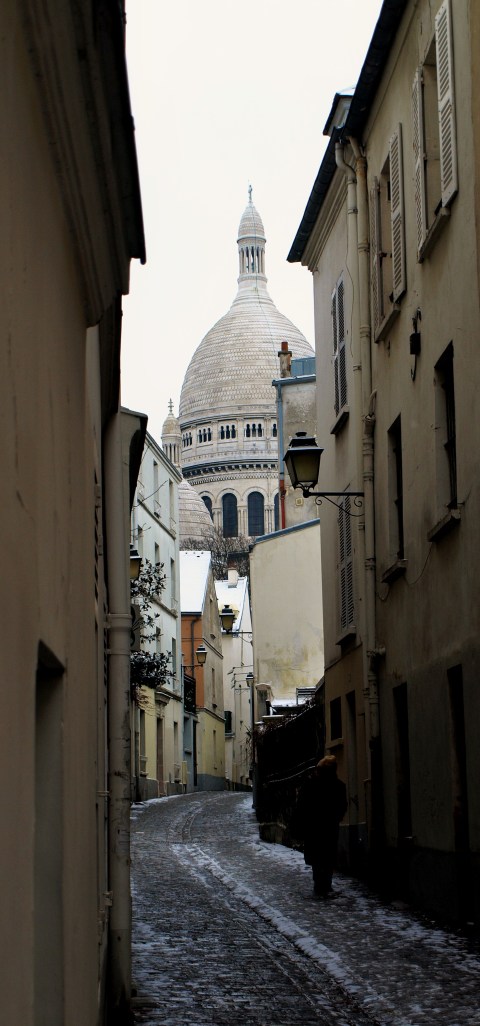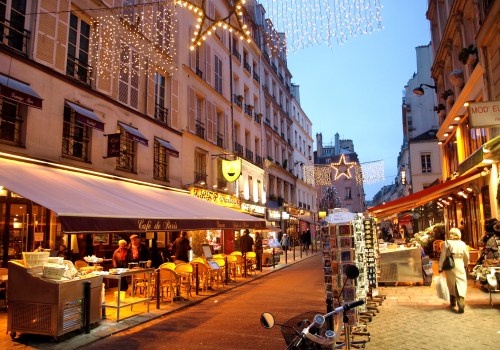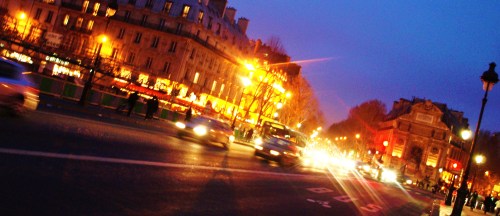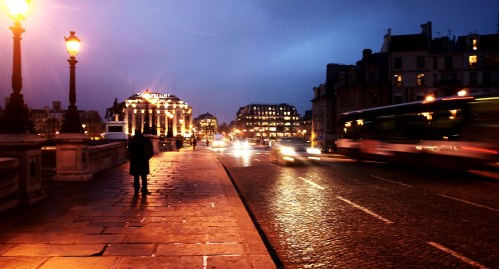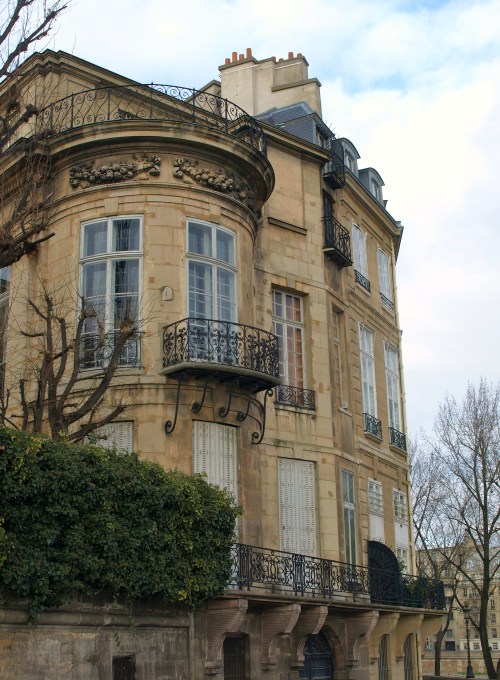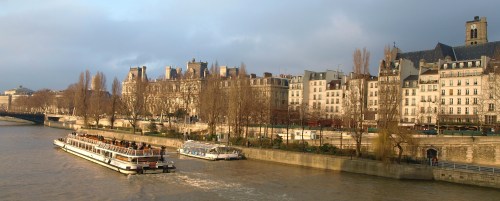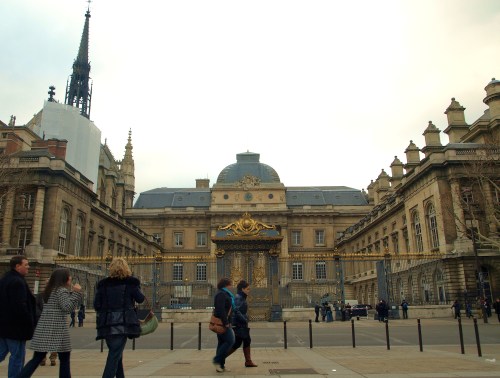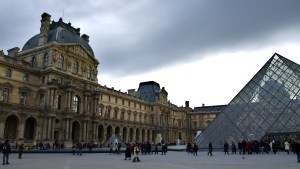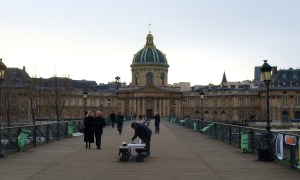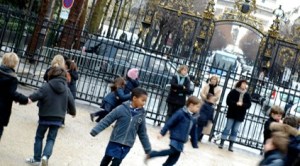Parc Monceau
The north west of Paris, centering around the Parc Monceau, really is where all the old money is. Grand mansions line the streets. Apartments, viewable to the pedestrian passers by, show glimpses of grandeur and extravagant decoration. Many of the apartment complexes here, more than two hundred years old, glow in the sunlight, pristine, well-maintained, gated and manicured.
The Parc Monceau’s history dates back to 1769 when Phillippe d’Orléans, Duke of Chartres and a cousin of the king began to buy land on which to establish the garden. Over the years the garden, designed in an informal English style, grew to about 12 hectares up until 1793 when the Duke was guillotined during the French Revolution and the gardens passed into public ownership. In 1860 the garden was purchased by the city of Paris and about half of the land was subdivided and sold of to Paris’s well-heeled aristocracy.
Musee Nissim de Camondo
One of these aristocrats was the Comte Moïse de Camondo who was left an enormous inheritance and used his wealth to indulge in his love of 18th century architecture. He filled his opulent mansion with fine paintings, furniture and Objet d’art and hosted lavish society dinner parties. After his only son died in World War one, and his daughter was married, he ended up alone amidst all of his beautiful belongings with no one to share them with. He found himself personally acquainted with the concept that money can not buy you happiness and made the altruistic (though somewhat egotistical) decision, to bequeath his property and all of its contents to the Republique of France in order for it to be established as a museum for perpetuity in memory of his son. The Musee Nissim de Camondo is a masterpiece and is well worth a visit.
The Arc de Triomphe
The Arc de Triomphe, sits at the centre of a star-shaped configuration of twelve radiating avenues; the Rue Hoche connect the Arc de Triomphe in a direct line to the Parc Monceau which sits just North-East.
It is probably the second most recognisable symbol of Paris after the Eiffel Tower and despite having seen it on a number of occasions in the past, it never fails to stop me dead in my tracks with a mixture of awe and enchantment. It is the shining, glittering and pulsating symbol of Emperor Napoleon’s military victories. The traffic rotating counter-clockwise around the Arc de Triomphe is considered some of the most dangerous driving territory in the world with an average of one car-crash every 30 minutes. I saw one when I was there, and a number of other close calls.
Gilbert Martineau describes it like this:
The Arc de Triomphe, constructed from 1806 to 1836 according to the plans of Chalgrin, to the glory of the imperial armies, has gradually become for the French, especially since 1919, the symbolic monument of national honour; a kind of gigantic altar of patriotism.
The value of the monument, more grandiose than original, lies chiefly in its massiveness. It afford, too, the most important ensemble of sculpture of the first half of the 19th c. The great sides are adorned with four colossal groups in haut-relief.
The twelve avenues which radiate out from the Etoile pass through one of the finest residential districts of the capital. They are the great arteries of an aristocratic and social character. (pge 241)
Tonight is, sadly, my last in Paris for this time around. I have one more post left, and very little energy. I have enjoyed maintaining this blog and have relished the opportunity to travel this incredible city with the advice of Nagel’s guide to Paris circa 1950. In almost every instance, the guiding words of Gilbert R Martineau (publisher of this little literary gem) have been spot on and still relevant to today’s traveler.
Paris has a proud and fascinating history, and large swathes of the city seem to be fixed in time.
Despite this appearance, Paris is a vibrant and modern city, living in and amongst the remnants of it’s past. New buildings, bars, and restaurants have popped up all over the place bringing formerly docile quarters into a buzzing and lively future. France is a paradox; while holding reverently on to its history, France has always been a country geared up for change. It is the land of revolutions after all.
Tommorrow, my thoughts on Paris not as Gilbert Martineau knew it, but as it is today.
Signing off.








